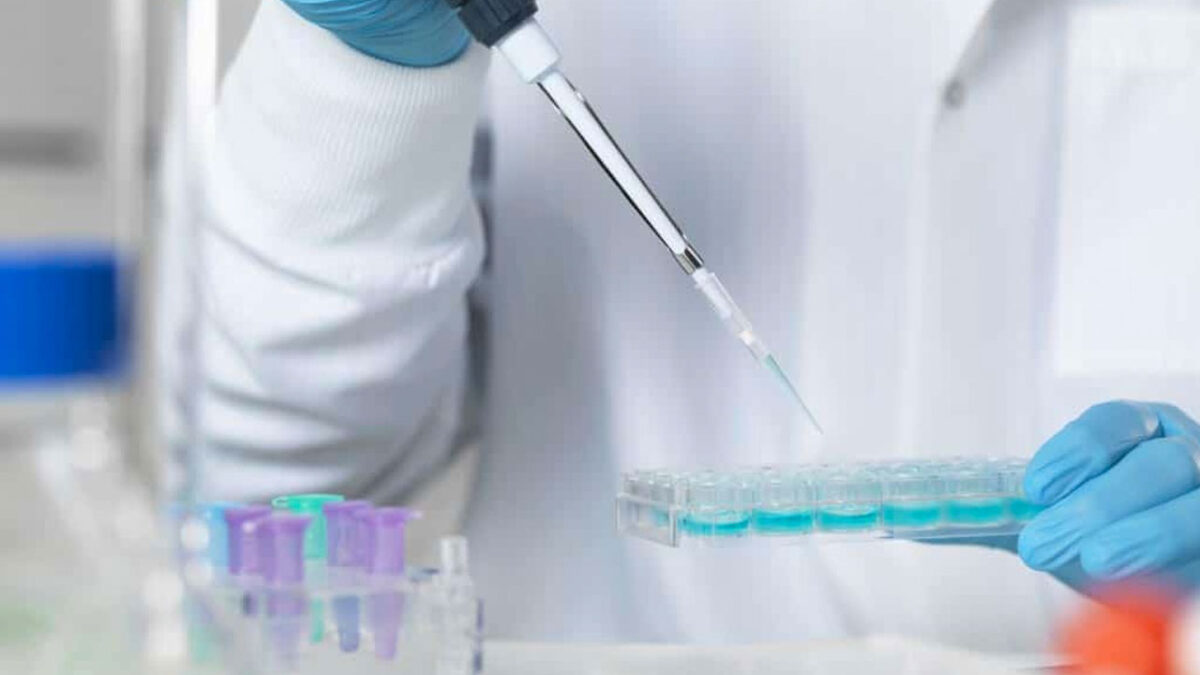
Chorionic villus samplingĬhorionic villus sampling (CVS) is a prenatal test that involves taking a sample of some of the placental tissue. Fetal ultrasound that indicates abnormalitiesĬell-free fetal DNA testing is only performed after 10 weeks gestation.Previous pregnancy that resulted in birth of child with chromosomal condition.Abnormal results from maternal serum screening, such as a sequential screen or quad screen.Advanced maternal age (age 35 or older at the time of delivery).Women who are considered at increased risk for having a child with a chromosomal condition may be offered this test. Testing can detect abnormalities in fetal DNA that may indicate certain chromosomal conditions, including trisomy 21 (Down syndrome,) trisomy 18 (Edwards syndrome), trisomy 13 (Patau syndrome), and sex chromosome abnormalities. The blood sample is analyzed for genetic material (DNA) that belongs to the fetus.

The cell-free fetal DNA test is done using a sample of a pregnant woman’s blood. This test is usually accompanied by a second blood test at 16 weeks gestation (sequential screen part 2) in order to obtain more reliable results. This screening process can help determine the risk for your fetus having certain birth defects including trisomy 21 (Down syndrome) and trisomy 18 (Edwards syndrome).

The ultrasound exam focuses on measuring nuchal translucency, a thin layer of fluid at the base of the fetus’ neck. The blood test detects pregnancy-associated plasma protein-A (PAPP-A) and human chorionic gonadotropin (hCG.) The first trimester screen (or sequential screen part one) is a combination of fetal ultrasound and maternal blood testing performed during your first trimester of pregnancy. Tests commonly used during the first trimester include: First trimester screen (also called sequential screen part one)


 0 kommentar(er)
0 kommentar(er)
